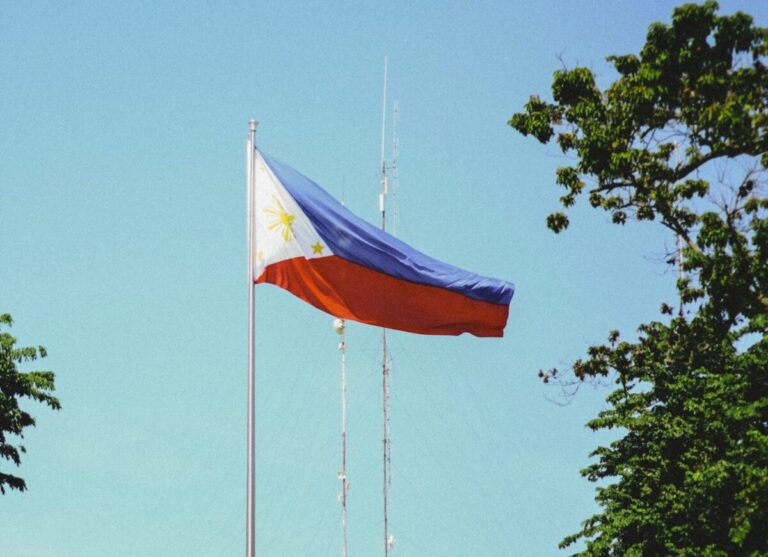Philippine authorities have deployed the country’s largest solar-powered irrigation system, with more than 1,000 solar panels and two submersible pumps. The system will benefit more than 200 farmers and is the first of its kind to be constructed over an irrigation canal, thereby preserving agricultural land.
The Philippines has deployed a solar-powered irrigation system in Isabela province, in the northeast of the country.
The PHP65.7 million ($1.1 million) project was built between July 2023 and February 2024 and features more than 1,000 solar panels. It can produce 739,200 W of power for its two submersible pumps, with each pump capable of discharging 12,800 gallons (48,453 liters) per minute.
Philippine President Ferdinand R. Marcos Jr. said the project is the largest solar pump irrigation project in the country to date and could irrigate 350 hectares of rice fields, helping nearly 237 farmers. Isabela is the largest corn producer and the second largest contributor to palay production in the Philippines.
“If we used to use oil-powered machines to flow water from irrigation canals to your fields, now we power it with electricity from sunlight. Free electricity from the sun so we can provide free irrigation,” Marcos Jr. said. during the inauguration ceremony. “Certainly with the construction of this solar-powered pump irrigation project, in your barangay, there will be a continuous flow of water in the irrigation systems, the crops will be well cared for, your harvests will increase, double the product.”
The project is the first in the Philippines to be built over an irrigation canal, meaning the land cultivated by farmers will not be reduced. Marcos Jr said an additional 152 solar pump irrigation projects are being built across the country, including 118 projects under government supervision. He added that 82 solar irrigation projects have been completed and activated since 2023.
Despite its resources, the Philippines faces significant water scarcity. Government estimates from earlier this year show that 40 million Filipinos do not have access to drinking water. Marcos Jr. has therefore called for a reorganization of the country’s water agencies to respond to water-related challenges, including balancing water needs for irrigation, domestic and industrial uses in underserved areas.
The Philippine National Irrigation Administration began ramping up investments in irrigation projects in 2020 to improve water and energy supplies. The association has accepted 15 solar pump irrigation projects and two small irrigation projects in Isabela province, which can irrigate an additional 251 hectares of land. agricultural lands and benefit 867 farmers, Marcos Jr. said.
In October 2023, the country’s first canal solar irrigation project was commissioned.
This content is copyrighted and may not be reused. If you would like to collaborate with us and reuse some of our content, please contact: editors@pv-magazine.com.


